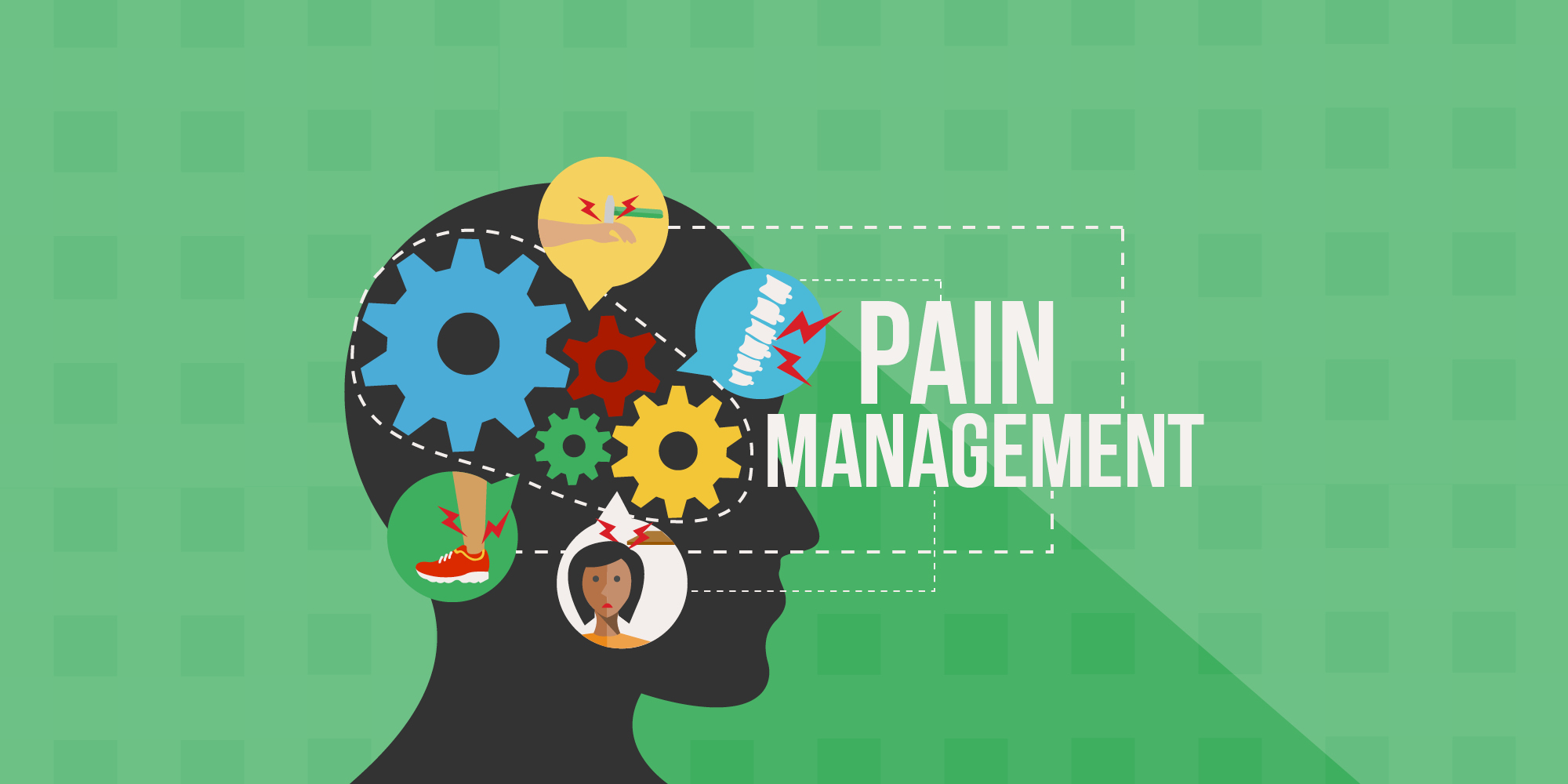
Chronic pain doesn’t just interrupt daily life—it reshapes it, demanding long-term attention, patience, and comprehensive medical support.
Internists don’t treat pain alone—they understand the person living with it
Chronic pain often hides beneath everyday complaints. A dull backache or throbbing joints might seem minor initially. But when the discomfort continues for months, deeper attention becomes essential. Internists take a broad approach. They don’t just focus on the physical pain—they observe patterns, emotional effects, and long-term responses. Their role includes identifying complex conditions like fibromyalgia or nerve-related disorders while carefully watching how the patient experiences daily life.
A structured timeline allows internists to monitor treatment without overwhelming the patient
Treatment begins with a careful understanding of the pain’s rhythm. Internists document where it starts, when it worsens, and what makes it better. Each visit builds on the last, and care plans evolve accordingly. Instead of rushing through options, internists assess responses over time. This step-by-step strategy helps prevent frustration and avoids unnecessary treatment shifts. They focus on making gradual but consistent progress.
Medication isn’t always the first answer—but when it is, internists stay cautious
When medication becomes part of the plan, internists tend to begin conservatively. They often recommend non-opioid options first. As treatment progresses, they monitor for both benefit and side effects. Adjustments are made not only based on symptom changes but also on patient feedback. Internists frequently reassess how medications interact with other conditions and ensure that every new addition fits the patient’s overall health picture.
Lifestyle factors and pain perception are more connected than most patients expect
Pain isn’t just a physical experience. Sleep habits, nutrition, emotional well-being, and activity levels all influence it. That’s why internists ask about much more than pain levels. Questions about sleep quality, stress patterns, and diet help form a broader view. These discussions often reveal important connections between life routines and physical discomfort. Once identified, small lifestyle adjustments can lead to significant pain relief over time.
Internists rely on referral networks but remain the patient’s care anchor
Even when pain requires input from other specialists, internists stay involved. They coordinate referrals, interpret feedback from other physicians, and continue managing the patient’s overall progress. This ensures that care remains connected. Whether the patient sees a neurologist, physical therapist, or other expert, the internist remains the familiar point of contact, keeping all the pieces of care organized.
Diagnostic restraint is part of the internist’s skill in managing chronic pain
Internists know that tests don’t always provide the clearest answers. For chronic pain, careful timing of diagnostics matters. Instead of ordering repeated imaging or unnecessary labs, internists look for symptom shifts or new warning signs. This avoids over-testing and keeps the focus on real clinical needs. Each test is chosen for its ability to move the treatment forward—not simply to satisfy a checklist.
Chronic pain’s psychological toll often requires parallel support, which internists initiate
Living with long-term pain affects more than the body. Emotional health often suffers in silence. Internists ask open-ended questions to detect changes in mood, energy, or outlook. When needed, they refer patients to mental health support. But even before that, they validate the emotional burden that pain brings. That recognition helps patients feel heard and reinforces the therapeutic relationship.
The internist’s approach values progress over perfection in chronic pain management
For many, complete elimination of pain isn’t realistic. Internists set balanced goals. The focus turns to improving movement, boosting rest, and returning to work or family life. Patients are guided to understand that even partial relief can be meaningful. This mindset avoids disappointment and builds resilience. Over time, small wins lead to big shifts in confidence and quality of life.
Patient education is not optional—it’s a pillar of the internist’s strategy
Internists take time to explain how pain works. They discuss how the nervous system can amplify discomfort or how inflammation plays a role. Clear explanations about medications, exercise, and expectations build trust. When patients understand why a treatment is chosen, they are more likely to follow it fully. Education becomes a quiet but powerful part of healing.
Trust builds slowly, but it becomes the most powerful tool in chronic pain care
Over repeated visits, trust forms between patient and internist. That trust encourages honesty about symptoms, willingness to try new treatments, and openness about fears. Internists value this relationship and protect it carefully. They know that strong communication makes a difference not just in results, but in how supported the patient feels.
